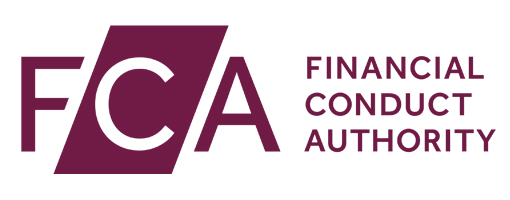The Chancellor has announced that a new and more flexible furlough scheme will be in place in the UK from 1 July and that the level of grant provided will slowly be tapered from August.
Rishi Sunak revealed that from September, the Government will start covering 70% of salaries to a cap of £2,190, with employers paying 10%. From October, the Chancellor said the Government will then pay 60% to a cap of £1,875, with employers paying 20%.
Following this, the furlough scheme will then close, Sunak added.
The furlough scheme currently allows businesses to keep salaried staff who cannot work in contractual employment, while the Government pays 80% of their incomes.
Speaking at tonight’s Downing Street briefing, Sunak indicated that furloughed staff will from July be able to work part-time in their old roles, and that individual firms will decide the hours their employees will work on their return. There were, however, no plans announced to separate the furlough scheme by sector.
The Chancellor also announced new plans to extend the Self-Employment Income Support Scheme (SEISS), and confirmed that grants paid out will be worth 70% of a self-employed person's average monthly trading profits to cover three months’ worth of income, capped at £6,570.
The SEISS has so far been used by 2.6 million people and paid out £6.8bn in claims to self-employed workers who have been affected by the impact of coronavirus on the economy.
This is the second and final time that self-employed grants will be offered, Sunak confirmed, having offered the first grant to self-employed workers in March which paid 80% of average monthly trading profits, initially capped at £7,500.
Latest News
-
Bank of England cuts interest rates to 3.75%
-
Inflation falls to lowest rate since March
-
Annual house price growth dips to 1.7% – ONS
-
IMLA forecasts sustained growth for mortgage market
-
Younger landlords driving limited company BTL ownership – Paragon Bank
-
Majority of intermediaries see Govt policy as biggest risk to mortgage market
Perenna and the long-term fixed mortgage market

Content editor, Dan McGrath, spoke to head of product, proposition and distribution at Perenna, John Davison, to explore the long-term fixed mortgage market, the role that Perenna plays in this sector and the impact of the recent Autumn Budget
The role of the bridging market and technology usage in the industry
Content editor, Dan McGrath, sat down with chief operating officer at Black & White Bridging, Damien Druce, and head of development finance at Empire Global Finance, Pete Williams, to explore the role of the bridging sector, the role of AI across the industry and how the property market has fared in the Labour Government’s first year in office.
NEW BUILD IN FOCUS - NEW EPISODE OF THE MORTGAGE INSIDER PODCAST, OUT NOW

Figures from the National House-Building Council saw Q1 2025 register a 36% increase in new homes built across the UK compared with the same period last year, representing a striking development for the first-time buyer market. But with the higher cost of building, ongoing planning challenges and new and changing regulations, how sustainable is this growth? And what does it mean for brokers?
Does the North-South divide still exist in the UK housing market?

What do the most expensive parts of the country reveal about shifting demand? And why is the Manchester housing market now outperforming many southern counterparts?
In this episode of the Barclays Mortgage Insider Podcast, host Phil Spencer is joined by Lucian Cook, Head of Research at Savills, and Ross Jones, founder of Home Financial and Evolve Commercial Finance, to explore how regional trends are redefining the UK housing, mortgage and buy-to-let markets.
In this episode of the Barclays Mortgage Insider Podcast, host Phil Spencer is joined by Lucian Cook, Head of Research at Savills, and Ross Jones, founder of Home Financial and Evolve Commercial Finance, to explore how regional trends are redefining the UK housing, mortgage and buy-to-let markets.
© 2019 Perspective Publishing Privacy & Cookies










Recent Stories